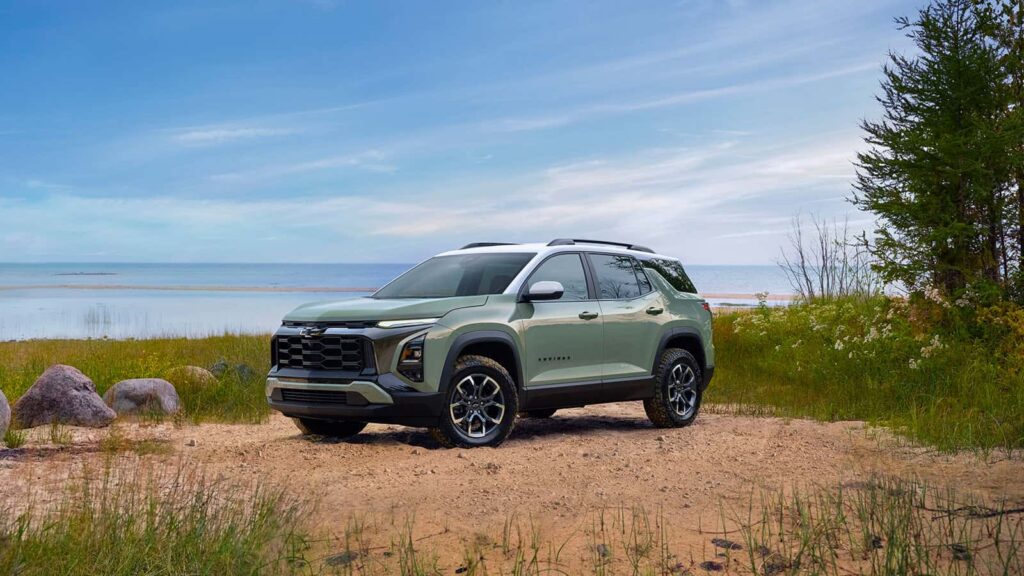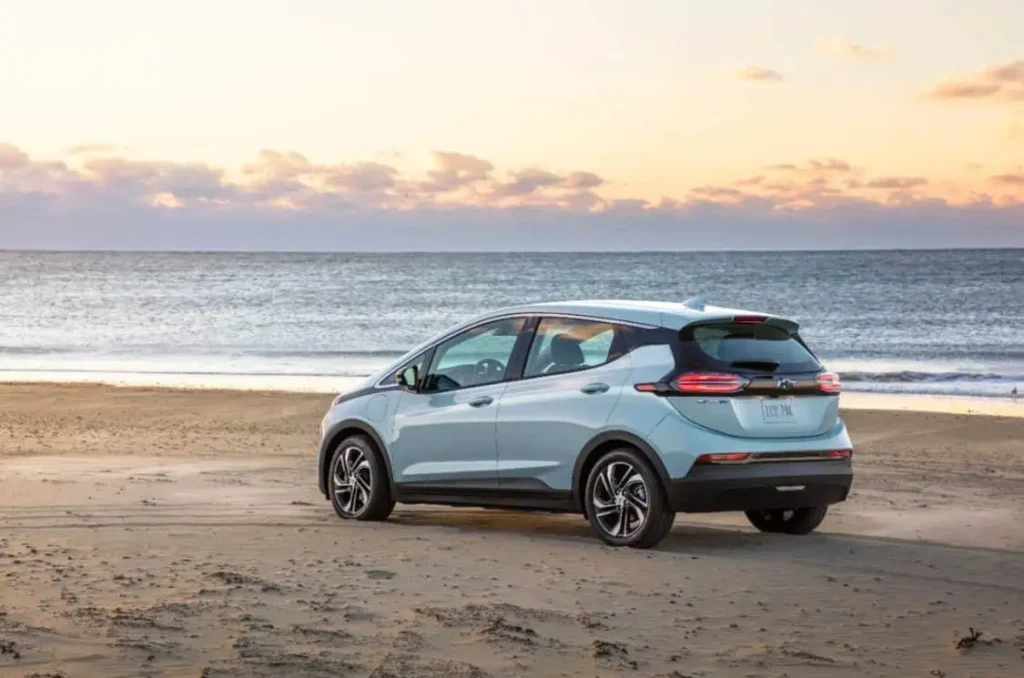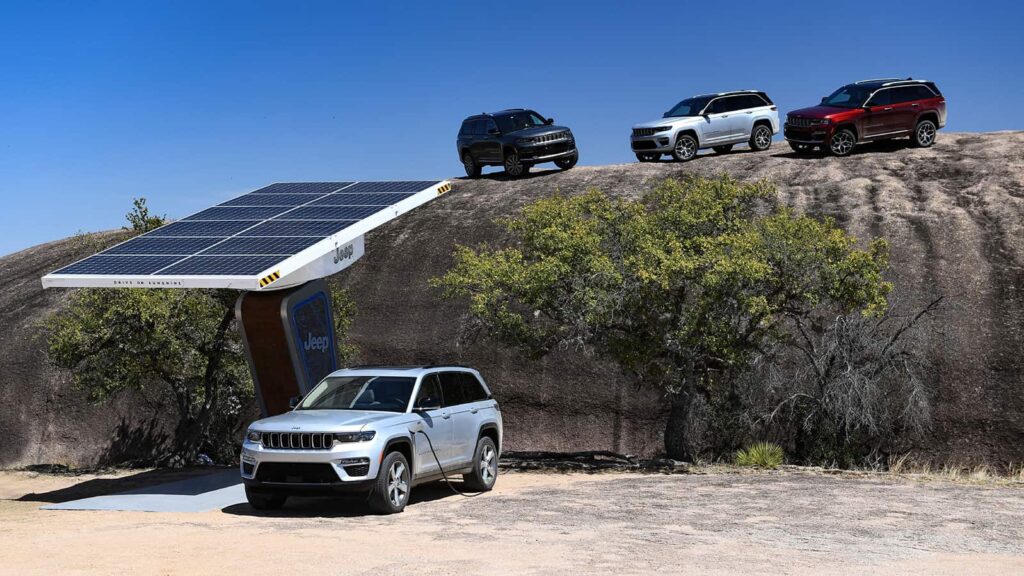The $25,000 Electric Car is Coming to the US
The third time’s a charm, as the saying goes. The current EV revolution in the US is the third time EVs have taken hold. In the 1800’s EVs outnumbered gas-powered internal combustion engine (ICE) vehicles, until Henry Ford’s cheap Model T outsold EVs, which were nearly twice the price of a Model T on average. Then in the 1990’s, California’s electric vehicle mandate created GM’s EV1 and other EVs. The EV1 ended up in a car-crusher, a heartbreaking moment for early EV activists. Most recently, in 2008, BMW took the world by surprise with its MINI E.
Cheap EVs Remain Elusive in 2024
In the US in 2024, electric vehicle (EV) prices are falling fast. But low-cost options are few. The cheapest American models remain far more costly than what other countries are offering. For instance, the BYD Seagull sells for about $10,000 in China, providing an affordable entry point into the EV market for many consumers. In Europe, the Dacia Spring starts at $20,000, highlighting a more budget-friendly option compared to many American counterparts. Similarly, in Brazil, the Renault Kwid e-Tech costs $19,000, while in South Korea, the Kia Ray goes for $22,000. These international models demonstrate a significant disparity in electric-vehicle pricing across different markets, underscoring the challenges the US faces in making EVs more accessible to a wider audience. The high costs are one of the most significant barriers currently to US EV adoption.
Despite all of this, affordable electric vehicles (EVs) are closer than you think. Kelley Blue Book (KBB) reported that According to data from Cox Automotive, KBB’s parent company, the average transaction price for electric cars was $55,242 vs. gas-powered vehicles at $44,989 in April 2024.
However, changes are on the way. Industry experts predict that as technology advances and production scales up, more budget-friendly EV options will soon be available. These developments are set to make sustainable transportation accessible at a lower price point to a broader audience, driving the future of automotive innovation.
A Pivot to Low Cost is on the Horizon for EVs
In response to signs of slowing growth in the premium EV market, leading manufacturers are making a substantial pivot from luxury to practicality. The industry has set its sights on the $25,000 economy electric car as the next big milestone, with several models expected to hit the road within a year.
This new wave of affordable electric vehicles aims to capture the hearts of the next generation of American EV owners, while also competing against Chinese imports that face impending tariffs of 102.5%. The success of these economy electric cars will hinge on how effectively manufacturers can balance range and features within this competitive price point.
Companies are now focusing on maximizing value by enhancing battery life, incorporating advanced safety features, and improving the overall driving experience. These new economy models could significantly expand the EV market in the United States, making electric vehicles a viable option for a broader segment of the population. The competition to create the perfect blend of affordability, performance, and reliability will usher in a new era for electric vehicles, transforming the automotive landscape forever.

GM’s Chevy Equinox Creating a Great Buzz
The automotive industry is buzzing with excitement as Chevrolet announced the new electric version of the Chevy Equinox, poised to become the current US leader in electric vehicle (EV) affordability. Starting at just around $42,000, this innovative SUV boasts an impressive 319 miles of range, ensuring you get the best of both worlds: cost-efficiency and performance.
Adding to the excitement, federal tax credits can reduce the price by $7,500, bringing the cost of a base model down to under $28,000. This makes the Chevy Equinox not only an economically smart choice but also a game-changer for environmentally conscious consumers. The base model is set to hit the market later this year, and anticipation is already building.
This combination of range, price, and the allure of an SUV package positions the Chevy Equinox as a strong contender in the emerging market for economical electric vehicles. With its competitive pricing and extended range, it is set to appeal to a wide array of consumers looking for practicality and value without compromising on performance.

Chevy Bolt May be 2025’s Cheapest EV
General Motors (GM) announced the highly anticipated return of the Chevy Bolt, set to become the most affordable electric vehicle (EV) on the market by 2025. The updated Chevy Bolt promises to redefine affordability and performance.
The original Chevy Bolt, which was discontinued earlier this year, has been a beloved alternative to competitors for the past seven years, known for its unbeatable starting price of $26,500 before incentives. Despite its modest ride quality, limited range, and slower charging times, the Bolt earned a dedicated fanbase thanks to its exceptional value.
The new Chevy Bolt is poised to build on this legacy, offering significant improvements in production costs, charging times, styling, and handling. One of the standout features is the adoption of the new North American Charging Standard (NACS). Additionally, the updated Bolt will utilize low-cost lithium iron phosphate batteries on GM’s innovative Ultium EV platform.
While specific pricing and specs are yet to be announced, the revamped Chevy Bolt is expected to emerge as a strong contender in the emerging class of $25,000 EVs, offering an impressive range for the price.

The $25,000 Jeep Renegade
Stellantis is gearing up to electrify the US market with an exciting new addition to its lineup. In a bold move to revolutionize the automotive industry, Stellantis Chief Executive Officer Carlos Tavares announced at the Bernstein conference that the company will soon launch a $25,000 electric Jeep. This new model will be a cornerstone of Stellantis’ large-scale EV offensive, underscoring its commitment to making electric vehicles accessible to a wider audience.
This affordable electric Jeep will proudly carry the Jeep Renegade brand, and it’s just the beginning. Stellantis has confirmed that this launch is part of a broader strategy to introduce at least three new electric Jeep models in the US by 2027. This ambitious rollout aims to solidify Stellantis’ presence in the electric vehicle market and provide consumers with innovative, environmentally-friendly EVs.
Earlier this year, Stellantis made waves by introducing its first electric vehicles to the US market: the $32,500 Fiat 500e subcompact car and the luxurious Wagoneer S, starting at approximately $70,000. The upcoming $25,000 electric Jeep will not only be the most affordable Jeep of any type available in the US, but it will also undercut the price of the gas-powered Compass compact crossover, which starts at $26,000.
This new electric Jeep is designed to offer the unbeatable combination of rugged capability, advanced technology, and an environmentally-conscious footprint, all at an accessible price point. As Stellantis continues to drive innovation and lead the charge towards a more sustainable future, this latest announcement reaffirms the company’s dedication to transforming the landscape of the automotive industry.
“Reaching economies of scale is key,” Tavares stated. “If you ask me what an affordable battery electric vehicle (BEV) is, I would say €20,000 in Europe and $25,000 in the US. Our mission is to deliver a safe, clean, and affordable BEV to the US market for $25,000 — and we will achieve it.”
This ambitious plan underscores the critical balance automakers must strike between innovation and affordability. Tavares’ vision ensures that the shift to electric mobility remains accessible to a broad range of consumers, reflecting the industry’s commitment to sustainability while maintaining competitive pricing in a rapidly evolving market.

Ford Quietly Started Development on a More Affordable Line of EVs
After experiencing high costs and underwhelming demand for its initial EV offerings, Ford is pivoting to ensure its future EV lineup meets the needs of mainstream consumers. The company is reducing its investment in high-priced battery-powered models by $12 billion, postponing the development of new battery plants, and delaying the release of its electric F-Series pickup and three-row SUV until 2026 and 2027, respectively.
Ford’s CEO, Jim Farley, confirmed the company’s new direction, stating, “Our goal is clear: to create mainstream EVs that are profitable within a year on the market.” This approach contrasts sharply with the financial losses incurred by the current lineup of EVs.
Recognizing that most EV buyers live in suburban areas, drive relatively short distances, and prioritize affordability over luxury features, Ford is developing a new line of budget-friendly EVs. This innovative initiative is being led by a dedicated team of engineers in Irvine, California, under the leadership of Alan Clarke.
The first of three new EV models on this platform is slated to debut in late 2026, with a starting price around $25,000. This competitive pricing aims to make sustainable transportation accessible to a broader audience, accelerating the adoption of EVs.
Farley emphasized the importance of this market segment, stating, “Increasingly, our bet will be on our new small affordable platform developed by our team on the West Coast.” By aligning its product offerings with the lifestyle and economic preferences of this substantial customer base, Ford anticipates rapid market penetration and improved profitability.
Ford’s commitment to innovation and sustainability is unwavering. The introduction of these new, cost-effective EVs demonstrates the company’s dedication to making eco-friendly transportation a viable option for the average consumer. As Ford continues to evolve and adapt to changing market dynamics, it remains at the forefront of the automotive industry’s transition to electric mobility.

Cheap EVs Will Transform the EV Industry
Henry Ford’s cheap Model T killed the EV in the 1800s. The automotive industry has now come full circle, as $25k EVs will hail the official end of ICE dominance, allowing American EVs to move into mass adoption. With the lower, accessible price, buyers will be able to more clearly see the lower total cost of ownership (TCO) that EVs offer.
Fuel and Repair Costs Are the Most Significant TCO Savings for EVs
The total cost of ownership (TCO) is a critical tool that estimates the entire expense of owning a car over a five-year period. It encompasses all operating and maintenance costs, providing a comprehensive view of what you’ll spend beyond just the sticker price. Key components of TCO include:
Depreciation: This represents the loss in value of the vehicle over time. It is typically the most significant cost in the first few years of ownership.
Interest on financing: For those who take out loans to buy their cars, the interest on these loans constitutes a considerable cost. This is the price paid for borrowing money to afford the car.
Taxes and fees: These include local city and state taxes, sales taxes, as well as licensing and registration fees, which can significantly affect the overall cost.
Insurance premiums: The average cost of insuring the vehicle in your state, encompassing both collision and liability coverage, should be factored in.
Fuel: Calculated based on the number of miles driven per year and the vehicle’s fuel efficiency, this becomes a recurring expense that can vary with driving habits and fuel prices.
Maintenance and repairs: To keep the car running efficiently, regular maintenance and potential repairs are necessary.
Because electricity is cheaper than gasoline, even at the lowest gasoline prices, EV owners save significantly on fuel costs. The maintenance costs of EVs is significantly lower as well, due to much fewer moving parts. Therefore, an EV’s TCO is lower than ICE. Depreciation of EVs is currently higher than ICE, however that will come back to an equal or lower level, as mass EV adoption happens.
EVs Are More Eco -Friendly
Electric Vehicles (EVs) offer several environmental benefits compared to traditional gasoline or diesel vehicles. One significant advantage is the reduction in greenhouse gas emissions. Over their lifetime, EVs produce less greenhouse gas emissions of gasoline or diesel vehicles. This substantial reduction is primarily due to the cleaner energy sources used to generate electricity, coupled with the higher efficiency of electric motors.
In addition to lower emissions, EVs require fewer natural resources. Unlike internal combustion engine vehicles that depend on a steady stream of fossil fuels, EVs utilize electricity, which can be generated from renewable sources such as wind, solar, and hydropower. Moreover, the production and operation of EVs consume fewer raw materials.
One of the most promising aspects of EVs is their battery technology. EV batteries can be reused and recycled, with up to 95% of the battery materials recoverable. These batteries can also support the electric grid by storing energy from renewable sources, such as wind and solar power, thus enhancing the stability and efficiency of the energy grid. Through Vehicle-to Grid (V2G) applications, EV batteries help in creating a sustainable and adaptable energy infrastructure.
In summary, the shift towards EVs offers a multitude of environmental benefits, including reduced greenhouse gas emissions, conservation of natural resources, lower pollution levels, and innovative battery technologies that aid in energy storage and recycling. But don’t forget, being eco-friendly isn’t the only reason to switch to electric. EVs offer cost savings over ICE vehicles as well.

Electric Vehicle Marketing Consultant, Writer and Editor. Publisher EVinfo.net.
Services